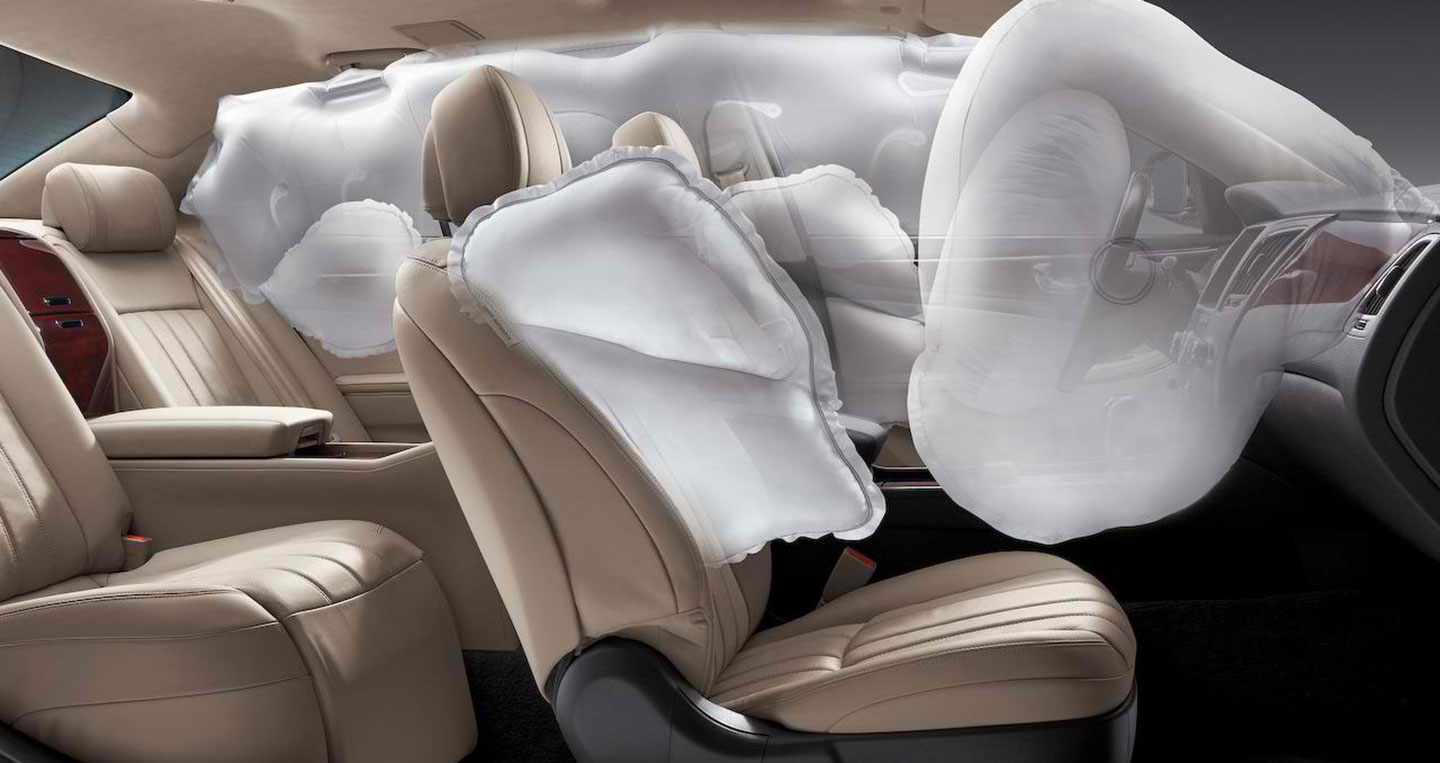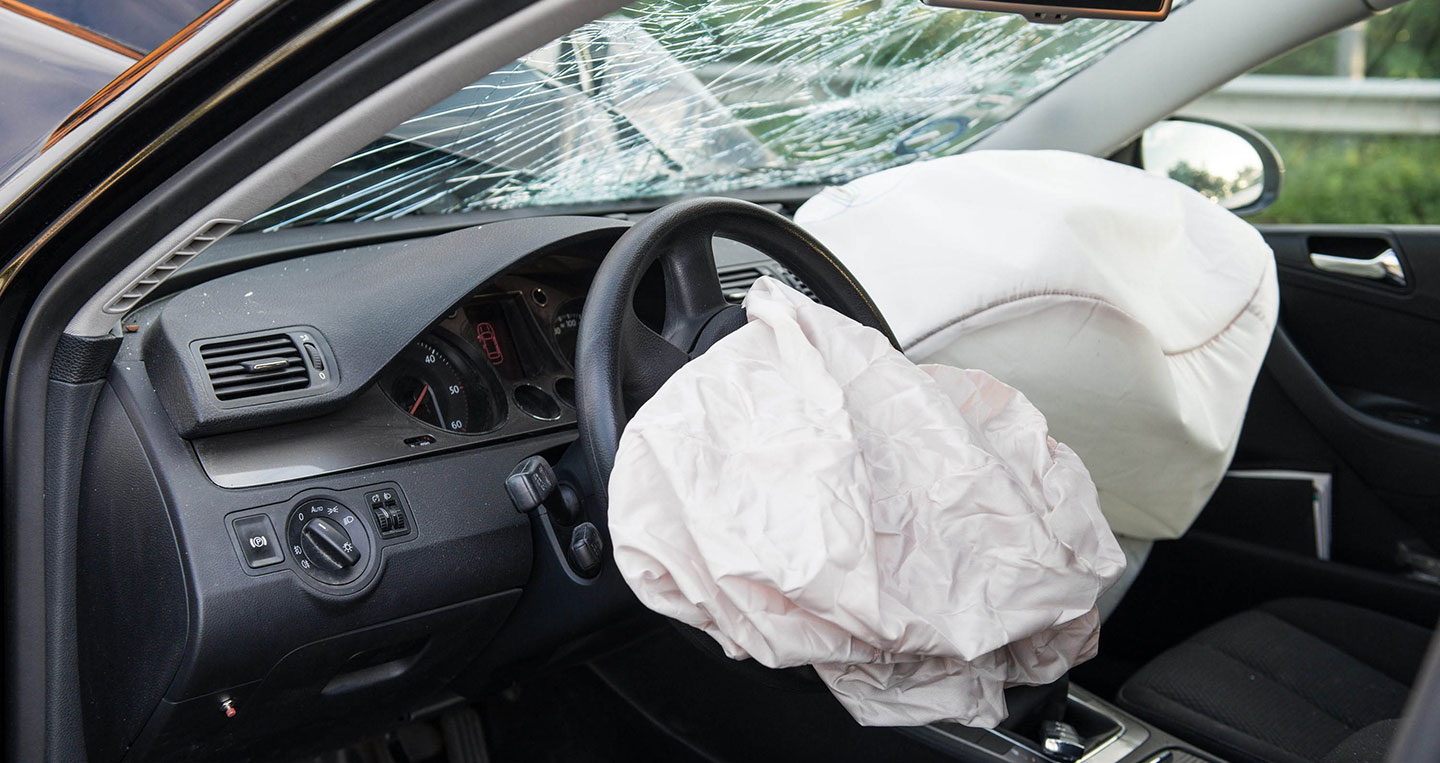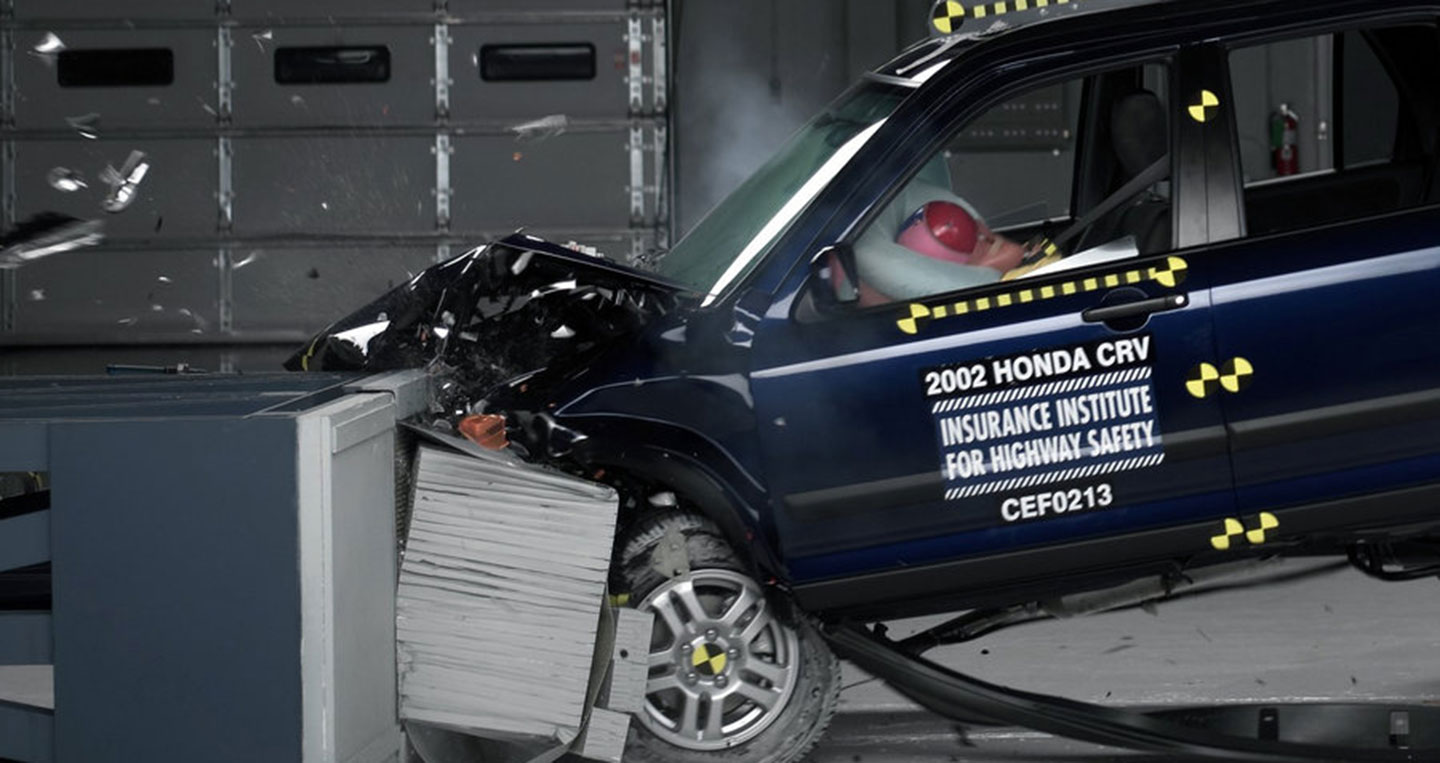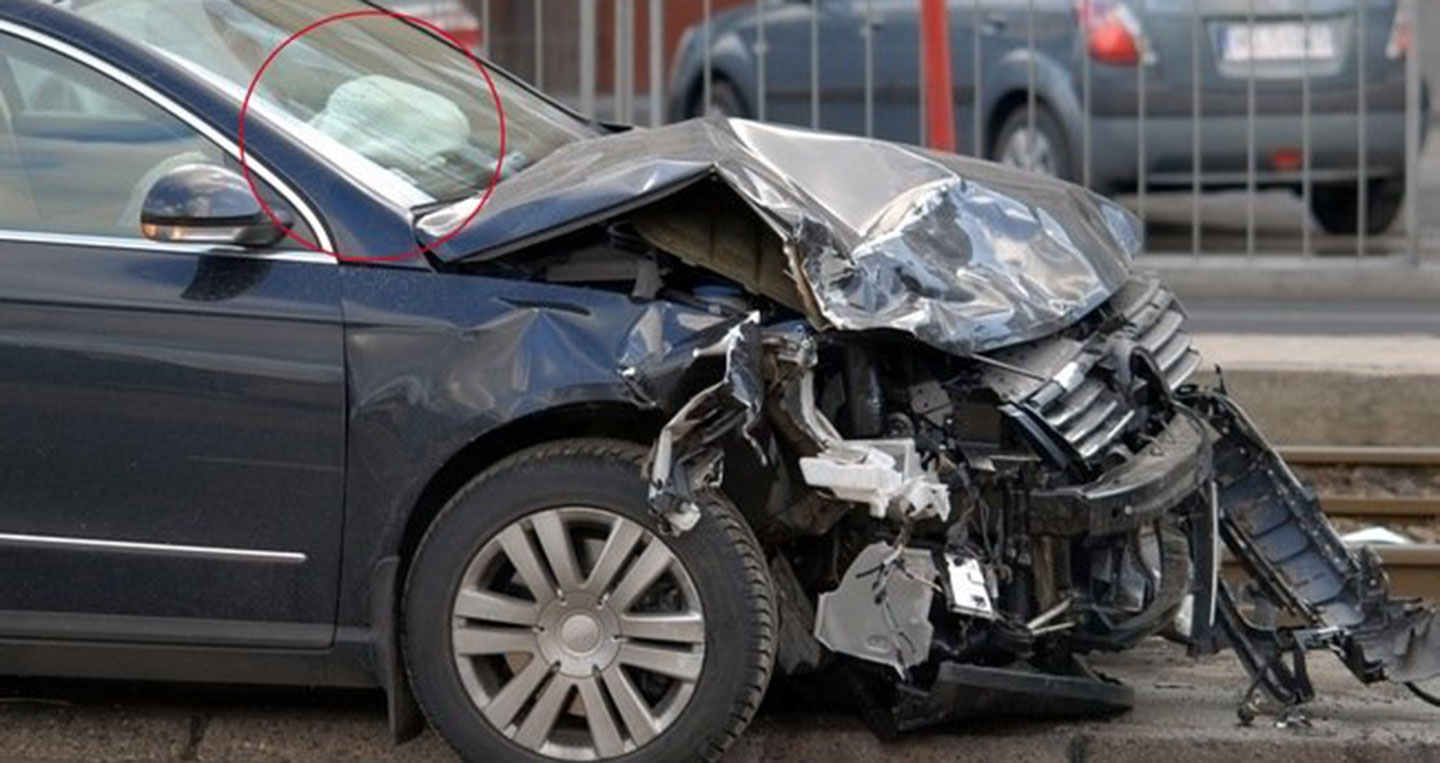Debates on airbags have long been a point of contention among car users. Each person has their own interpretation, and various reasons to claim that they are correct. Typically, users only have knowledge about the airbags in their own car models, but use this knowledge when discussing airbags in cars from other brands. As a result, there are often debates within the driving community about airbags. Here are 10 commonly asked questions about airbags:
1. Who was the inventor of car airbags?
In the automotive industry, airbags were first introduced in 1941. The invention was made by German engineer Walter Linderer and was patented in late 1953. However, due to the slow inflation time, Linderer’s device was not deemed safe. Three months later, a similar invention by John W. Hetrick, an engineer and naval officer in the United States, was accepted in the country.
2. What material are airbags made of?
The material used for car airbags is a flexible fabric or material that can be easily compressed into the required positions in the car and quickly inflate when necessary. In the event of a collision, the airbag is rapidly inflated in milliseconds to protect the vital parts of the human body in the car.
To ensure a swift and accurate response from the inflation system, a sensor system is used to identify the necessary factors for deploying the airbag. After a collision, various parts within the car will deform and move, resulting in collisions with one another. These sensors are carefully programmed to accurately record the force.
3. What does the SRS symbol mean?
The SRS symbol, commonly found where airbags are located, has become familiar to many, but not everyone understands its meaning. It is the acronym for Supplemental Restraint System, which is an additional safety device designed to work in conjunction with seat belts to minimize bodily injuries.
After a collision, seat belts gradually slow down the speed of the passengers based on their inertia, thereby reducing the impact force on them. The SRS airbag also helps reduce the risk of head-to-object collision within the car and absorbs some of the impact force on the driver and passengers.
4. How does an airbag function?
Generally, the SRS airbag goes through three main stages from the moment a car collides until the airbag is deployed. First, the main control system (ACU) utilizes collision, acceleration, speed, brake pressure sensors, etc., to determine the level of impact. Once this value exceeds the specified threshold, the igniter in the new inflator is triggered.
Next, the igniter generates a current with an intensity between 1A and 3A within less than 2 milliseconds to ignite the inflator and the gas generating material, creating a large amount of gas in a short time. Lastly, the airbag inflates, reducing the impact force on the occupants of the car, and the air immediately escapes through exhaust holes at the back.
5. Does an airbag deploy in every collision?
The answer depends on the circumstances, as not every collision will cause the airbag to deploy. In some cases, despite severe frontal damage, the airbag may not deploy because the car’s electronic calculations determine that the seat belts provide sufficient protection for the occupants and that the airbags are not necessary.
In terms of response order, when a car collides with another object, the car’s frame and body absorb part of the force, thereby reducing the force exerted on the cabin. Subsequently, the seat belts prevent the passengers from moving forward due to inertia. If the collision is not severe enough to pose a threat to the lives of the occupants, the safety response process ends here.
6. When does an airbag deploy?
The timing of airbag deployment is based on the information that sensors placed on the front and body of the car transmit to the central control unit (ECU). This information comprises various factors such as deceleration, force absorption, deformation, and displacement of fixed parts within the car. If the ECU calculates and analyzes this information to determine that the collision is strong enough or life-threatening, the airbag will deploy.
What is considered “dangerous” depends on each manufacturer’s perspective and the characteristics of each car model.
7. Do you need to fasten your seat belt for the airbag to deploy?
Another point of controversy is whether the airbag will deploy without the seat belt being fastened. The correct answer varies depending on the car brand. For example, most Japanese car manufacturers, like Toyota, design the airbag and seat belt systems independently. If the ECU determines that the collision is dangerous enough to warrant airbag deployment, the airbag will deploy regardless of whether the seat belt is fastened or not.
Some German brands, such as Volkswagen and BMW, also independently design these two technologies. In fact, BMW’s airbags deploy earlier and more sensitively in the event of a collision if the person in the car has not fastened the seat belt, indicating the severity of the situation.
Meanwhile, Mercedes-Benz takes a different approach. The German automaker has an interdependent system where the airbag and seat belt are interconnected. If the seat belt is not fastened, the airbag will not deploy. Technical experts from Mercedes-Benz Vietnam explained that the airbag design, in combination with a fastened seat belt, provides the best overall passenger protection. However, the technology is intelligently set up so that, in the event of a collision, the airbag will still deploy even if the seat belt is not fastened.
Some car brands offer the option to manually or automatically disable the airbag for the front passenger seat to reduce costs in situations where the airbag would deploy without any passengers.
8. Will the airbag deploy if there is nobody sitting?
This is an issue that sparks much debate. For example, if a collision occurs and the conditions are sufficient for the driver’s airbag to deploy, it is natural for it to deploy. But will the airbag at other positions, such as the passenger seat, deploy without anyone sitting there? The answer depends on the specific case. Toyota experts state that the company does not consider this scenario, so the airbag will automatically deploy regardless of whether there is someone sitting in the passenger seat.
On the other hand, Mercedes-Benz has installed force sensors under the seats. In the event of an accident, if the sensor detects a significant force as though someone were sitting there, the airbag at the passenger seat will deploy. This configuration aims to provide the highest level of safety for children sitting in the front seat. In such cases, the airbag deploys like a small bomb exploding directly at the head and chest, which can be much more dangerous for a child than the car collision itself. The sensor under the seat measures the force, and if the force is below a certain threshold, the ECU recognizes that a child is present, and only the driver’s airbag will deploy while the passenger airbag will not.
Other German car brands offer the option to manually or automatically disable the airbag for the passenger seat to reduce costs in situations where the airbag would deploy without any passengers.
9. Do all airbags deploy in a collision?
This is not always the case. For instance, side airbags and overhead airbags are designed to deploy when the car experiences severe side impacts. If the car is hit diagonally or head-on on the sides but not in the area of the passenger compartment, these devices may not deploy.
10. Do all cars have airbags?
Most cars nowadays are equipped with airbags as a basic safety requirement. However, there are still older car models on the road that do not have airbags. To ensure the safety of users, it is important to check whether your car has airbags, how many airbags it has, and their locations.
Th? Ð?t (Trithucthoidai)





















































![[QUICK REVIEW] Nissan Kicks e-Power: A Refreshing Hybrid Journey](https://vnauto.net/wp-content/uploads/2024/02/xehay-NissanKicks-02112022-4-100x70.jpg)
![[Quick Review] BMW XM arriving in Vietnam: The Ultimate Leader](https://vnauto.net/wp-content/uploads/2023/10/xehay-bmwxm-23062023-13-100x70.jpg)